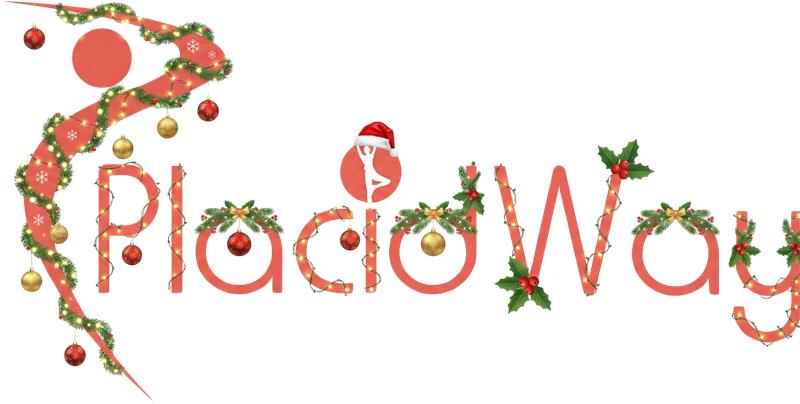Which country has the cheapest stem cell treatment?

For patients exploring the frontiers of regenerative medicine, the cost of stem cell therapy can be a significant obstacle. Treatments in the United States and Western Europe can be prohibitively expensive, leading many to ask a very reasonable question: "Which country offers the cheapest stem cell treatment?"
While the desire to find affordable care is completely understandable, in the world of advanced medical procedures, the word "cheapest" can be a dangerous trap. An unusually low price is often the biggest red flag, signaling potential compromises on safety, cell quality, and medical oversight.
This guide is designed to answer your question, but more importantly, to reframe it. The goal should not be to find the absolute lowest price, but the best possible value. True value in medical tourism is receiving the highest standard of care from a licensed, reputable clinic at a price that is fair and accessible.
This 2025 guide will explore the global landscape of stem cell therapy costs. We will identify regions where costs are lower, but more importantly, we will provide you with a critical framework for how to assess quality and safety, ensuring your search for affordable stem cell therapy does not compromise your health.
Which Country Offers the Cheapest Stem Cell Treatment?
The global market for stem cell therapy is diverse, with prices varying dramatically based on a country's economic status and regulatory environment. The lowest advertised prices are typically found in regions where the cost of living is low and, crucially, where specific government regulations for the manufacturing and application of cell products may be loose or non-existent.
While a low price is tempting, it forces the patient to take on the entire burden of due diligence. In a less-regulated environment, it becomes incredibly difficult to verify the quality, viability, or even the type of cells being administered. This is why a simple price comparison is an inadequate and potentially dangerous way to choose a treatment location when seeking the cheapest stem cell treatment.
Why is choosing a clinic based on the lowest price a major risk?
The final price of a reputable stem cell treatment is not arbitrary. It reflects the immense investment required to produce a safe and high-quality medical product. The risks associated with "cheap" clinics are severe:
- Ineffective Treatment: You could be injected with dead cells, a very low number of cells, or even a different cell type altogether. You will have spent thousands of dollars and received no therapeutic benefit.
- Serious Infection: If the cells are processed in a non-sterile lab or administered in an unclean environment, you risk life-threatening bacterial or viral infections.
- Adverse Reactions: The use of improperly sourced or characterized cells can trigger a dangerous immune response in your body.
- Lack of Medical Oversight: Many "cheap" clinics are run by technicians or business people, not medical doctors. If a complication arises during the procedure, there may be no qualified personnel to intervene.
- No Recourse: If something goes wrong at an unlicensed, unregulated clinic, you have no legal or medical recourse.
What is the difference between "cheap" and "high-value" treatment?
The goal for a medical tourist should be to find high-value care. This is typically found in countries that have both a lower cost of living AND a strong, government-backed regulatory system for medicine.
| Category | Description | Example Locations |
|---|---|---|
| Cheap | Lowest price is the only priority. Often lacks regulation and transparency. High risk. | Unlicensed clinics in various countries. |
| High-Value | Balance of affordable cost and high quality. Strong government regulation and modern facilities. | Licensed clinics in Colombia (INVIMA) and Mexico (COFEPRIS). |
| Expensive | Highest price point due to high operational and insurance costs. | United States, Western Europe. |
What are the non-negotiable signs of a quality clinic?
This three-point checklist is your most powerful tool for filtering out dangerous providers. Before you even consider a clinic, you must verify these items:
- Government License: Ask for the clinic's specific license number from their country's health authority. If they are evasive, walk away.
- Medical Doctor Leadership: Confirm that your consultation and treatment will be performed or directly supervised by a licensed M.D. with experience in regenerative medicine.
- Certificate of Analysis (COA): This is an independent lab report that verifies the quality of the stem cells. It should confirm the cell type, the total number of cells, the viability percentage (how many are alive), and that the batch is sterile and free of contaminants. A quality clinic will always provide this.
Any clinic that cannot or will not provide all three of these is not worth the risk, no matter how low the price. Ultimately, the cheapest stem cell treatment can become the most expensive if it compromises your health.
How do the stem cells themselves affect the price?
The most advanced international clinics specialize in producing high-dose allogeneic Mesenchymal Stem Cells (MSCs). This is a complex and expensive biopharmaceutical process involving sourcing cells from healthy screened donors, and then culturing and expanding them in a multi-million dollar clean-room laboratory over several weeks.
This results in a potent, well-characterized final product with hundreds of millions of cells. "Cheaper" therapies often skip this entirely. They may involve a simple bedside procedure to spin your own blood or fat in a centrifuge. While less expensive, this method yields a much lower number and different type of cells, which may not be appropriate or effective for treating systemic diseases. You must ask the clinic exactly what type of cells they use and in what quantity.
Your search for the cheapest stem cell treatment should never compromise your safety. Placidway is a trusted leader in medical tourism, connecting patients with a global network of accredited and pre-vetted hospitals and clinics. Explore safe, high-value options for regenerative medicine and plan your journey with confidence in quality.


.png)









Share this listing